Osteoarthritis is a deformity of the knee joint, accompanied by an inflammatory process characterized by redness and swelling. Treatment of knee osteoarthritis is a lengthy and complex process.
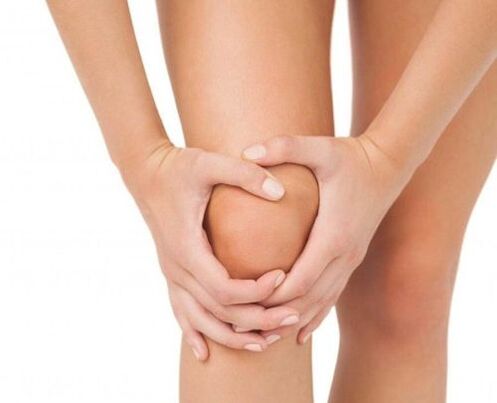
This disease is most commonly diagnosed in the elderly and in professional athletes. The effectiveness of prompt recovery depends on a properly established rehabilitation plan and adherence to all of the attending physician's prescriptions. Therefore, it is necessary to consider in more detail the extent of the joint and any pathological treatment.
Degree of knee osteoarthritis
The process of knee osteoarthritis is divided into 4 specific stages, which characterize the severity of the disease.
- First level.The onset of the disease is marked by constant pain in the legs of a pulling nature. At the same time, the mobility of the joints is limited and the corresponding crunching occurs when moving strongly. Increased physical activity increases joint deformity. If you do not load the leg, then the pain is practically not manifested. X-ray showed a narrowed joint cavity, no destruction of the joint capsule was observed.
- Second level.Arthritis in this advanced stage of the disease is characterized by the appearance of severe pain in the joints, which limits movement and the person is unable to walk long distances on their own. Joints begin to peel, knees creak, and a limp appears. The space in the joint narrows to a minimum, the formation of so-called bone spurs occurs, and inflammation can begin.
- Third level.The most severe complication of dry joints. The person is no longer able to move independently and the pain in the knee does not stop even at rest. There are obvious signs of joint disease: complete deformity of the knee joint, no joint space on X-ray, limited joint movement.
- fourth degreecharacterized by complete destruction of the knee joint. In this case, surgery in the form of joint prostheses is recommended. Only a qualified specialist can accurately determine the degree of fibrosis of the knee joint after a series of specially conducted studies. If you experience similar symptoms, you should immediately go to the hospital to see a rheumatologist.
Basic methods of treatment
The treatment of osteoarthritis of the knee involves the use of a variety of techniques ranging from medical therapy to alternative medicine. The process of recovery and rehabilitation of the knee joint can take a long time and requires the application of many different methods and also needs to fully comply with the manipulations prescribed by the doctor.
The course of treatment is determined by the attending physician, who determines the rehabilitation plan depending on the extent of the joint, the patient's age. At the same time, make every effort to avoid surgical intervention and keep the knee intact.
Eliminates excess stress on joints
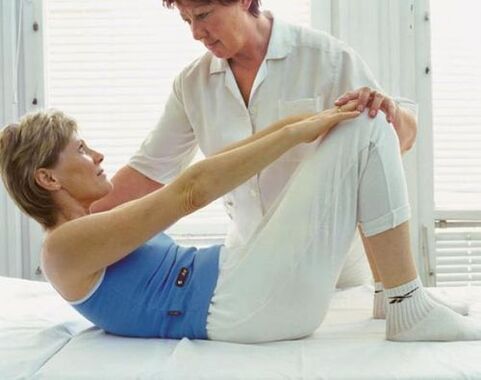
One of the reasons why the knee joint is subjected to a greater load is due to excess weight, which puts pressure on the leg and over time can lead to the formation of knee deformity. If this diagnosis occurs with excessive body weight, corrective measures should be taken to reduce the load on the joint. To do this, you should follow a diet, play sports (use only permissible exercises, regularly perform therapeutic exercises).
They also use some special tapes and installations to fix the knee joint and distribute the load on it properly. These devices are orthopedic devices and are specifically designed to correct and rehabilitate the knee joint. The duration of use of the device and dressing is indicated or prolonged by the attending orthopedist, who makes a decision after a complete clinical picture analysis and x-ray imaging study.
The use of drug therapy
In the treatment of knee effusion with drugs, people use 3 groups of drugs: anti-inflammatory, non-steroidal analgesics, endocrine drugs, and chondoprotective drugs. Positive results and progress in treatment are given by the precise combination of the ingredients in the treatment complex.
- Use non-steroidal pain relievers.These drugs are prescribed as pain relievers to stop the inflammatory process. The drug is taken orally internally or externally (ointment, gel, patch). The effect of exposure occurs on average 4-5 days after starting the drug. The general course of treatment is no more than 2 weeks, since further use provokes the development of side effects in the form of dyspepsia, nausea and ulcerative manifestations.
- Endocrine drugs.When the disease is complicated, doctors prescribe the use of endocrine therapy drugs that quickly eliminate pain and speed up the recovery process. The duration of treatment with these drugs is short-term, since they have a large number of contraindications for continuous use.
- Preparations of chondoprotective action.They contain natural sources of structural elements of the connective tissue in cartilage and perform the function of restoring the knee joint. The use of medication also helps to relieve painful symptoms. The drug is presented in the form of tablets, ointment, gel. The main method of using chondoprotectors is the introduction of drugs into the synovial fluid.
The total duration of treatment is about 4 months. In fact, the results show positive changes, which are clearly visible on radiographs. Hyaluronic acid is known as the fluid protectant in the joints. It has a practically identical composition, actively nourishes and restores the main structure of the knee joint.
Surgery
Knee surgery is only performed in very severe cases, when other treatments do not give satisfactory results. Depending on the severity of the disease, the following methods of surgical intervention are distinguished:
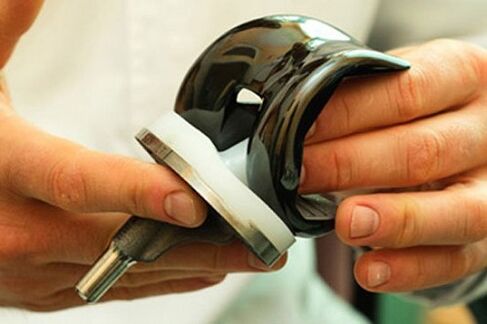
- Perform arthroscopy. The most sophisticated surgical intervention. This manipulation is carried out at the main stage of the pathology, and the work of the knee joint is partially restored. The procedure is performed using a special endoscope, holes are first made, and then damaged areas of the joint are removed with the device. The operation is effective for young people and quickly eliminates pain;
- The use of chiropractic is indicated for more severe cases of joint deformity. The essence of this procedure lies in the particular fracture of the bone and its even more precise fusion. In this case, the joint is restored, the pain disappears. And also additionally use the necessary parts of artificial tissues;
- Perform endoscopy. This is one of the most difficult types of surgery. In this case, a complete replacement of the knee joint with a special implant will take place, which performs all the functions of restoring a person's ability to bend and further move. Most patients report rather positive consequences, in which the level of physical activity increases markedly.
Physiotherapy treatment
Physical therapy is an effective treatment in the early stages of joint disease development. She actively reduces
relieve pain, relieve muscle tension and restore part of the main structure of the joint. There are the following types of physiological procedures:
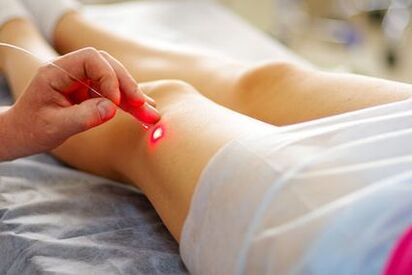
- Perform pain-relieving magnetic therapy. This procedure performs the general functions of recovery and pain relief in the body. The use of this method is effective in the first and second stages of the disease. Total treatment time is from 9-15 courses, lasting 30 minutes.
- The use of laser therapy as an anti-inflammatory action. When using this technique, the following types are used: infrared radiation therapy, low frequency UHF, centimeter wave therapy. Such methods favorably affect the recovery of joints. Saturates connective tissue cells with nutrition, improves blood circulation. It should be noted that the use of UHF is combined with the use of drugs in the joints, and centimeter wave therapy is effective in the early stages of joint disease. The average duration of the procedures is 10–20 times, and the duration is from 7 to 15 minutes.
- Physiological procedures have an intensive effect. A variety of procedures are used to treat osteoarthritis of the knee. Some basic techniques need to be considered in detail.
- ultrasound waves. The most well-known treatment for this disease. Visibly improves blood circulation, nutrition in joints, restores cartilage tissue. It is recommended to use within 14 days. The use of electrophoresis. The use of electric current in conjunction with the introduction of drugs. The advantage of this method is that the knee joint is restored significantly, and at the same time, there is no need to load strong drugs into the body. The number of courses of a course is from 10 to 12 times. The combination of several electrical currents acting on the joint is a phenomenon of interventional therapy. The special feature of the method is to stimulate atrophied muscles and restore blood circulation in the lymphatic system. With the development of the acute phase, it is prescribed twice a day for two weeks. The use of pulsating alternating current is also effective for damaged joints. This procedure is called darsonvalization and actively relieves pain while performing restorative functions in the knee. Full recovery is 10-15 procedures lasting about half an hour for 15 days. Special therapeutic bath. They are an integral part of the treatment process for joint diseases. The combination of water with sage, hydrogen sulfide, radon, bischofite, therapeutic mud is very effective. These procedures have excellent pain relief and can be applied topically or collectively. The duration of the session is 10-30 minutes. The average course of treatment is 10-20 days.
Traditional medicine treatment of knee osteoarthritis
Complex pathological treatment can prevent further progression of the disease, but it cannot cure the disease completely! Therefore, it is very important to use all techniques aimed at maintaining the steady state and prolonging the established effect. One of the most effective ways is traditional medicine formulas in the form of compresses, bandages, ointments, and tinctures that have a healing effect. The most effective means:
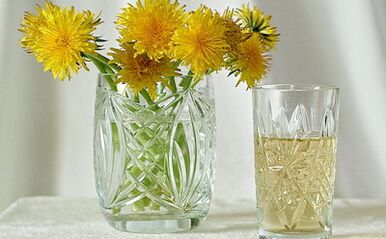
- Prepare dandelion flowers.Use fresh, brew in boiling water and alcohol. It is recommended to eat 7-8 pieces of dandelion daily. Tincture is taken three times a day, 100 ml before eating. An alcohol-based solution is applied to the affected joint daily for a month;
- Compress horseradish.This vegetable effectively relieves the symptoms of pain and partially restores the normal function of the joints. The dressing process is simple: horseradish is rubbed into gauze and applied to the painful area overnight. The procedure must be repeated daily for about 30 days;
- Aloe vera uses.The plant has natural anti-inflammatory and pain-relieving properties and is actively used in the treatment of joint diseases. You can make a poultice from the flowers and you can also use the crushed leaves or apply it on the acne-affected skin. The duration of treatment with this remedy should last at least one month;
- Cinquefoil is based on cinquefoil.The recipe for its preparation is to use herbs along with alcohol and get a proper solution for the prevention and treatment of joint diseases. The drug is taken 3-4 drops per day or used in the form of compresses. Treatment is continued for a month;
- Mix mustard, sand and salt.All components of the preparation must be thoroughly mixed, then put on a baking tray and heat thoroughly. The hot mixture should be applied to the affected area and not removed until the gauze has cooled down. This method has the effect of reducing pain, improving blood circulation in the joints. This procedure is not recommended in the acute phase of the disease.
In the treatment of diseases, basil, burdock, juniper are also used, as they have a restorative effect on the knee joint.
Non-traditional remedies for the treatment of joint diseases
In the treatment of joint diseases, traditional medicine is used. The most popular methods in this industry:
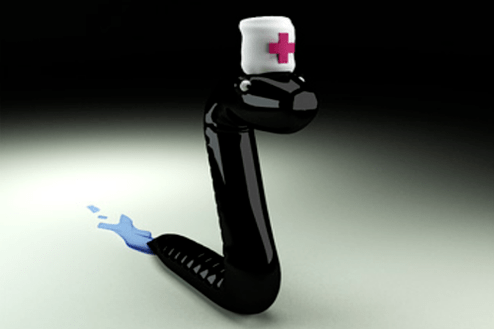
- Leech therapy is called hirudotherapy. This method is very effective. Because insects attach to biological impact points on joints. At the same time, they secrete special enzymes that have a healing effect, improve metabolism, increase blood circulation in the joints. The duration and duration of treatment is specifically prescribed by the doctor;
- The use of acupuncture by inserting needles into active points of joints. It also presents some effective procedures in the treatment of joint diseases. They use direct acupuncture, point massage and special massage sticks. The operation is only performed by a qualified specialist who appoints the required number of sessions;
- Treatment with hydrogen peroxide. The chemical compound is involved in all life processes of the body, so it is also used to cure joint diseases. The drug is diluted with water in the ratio of 1 cup to 3 drops of 3% H2O2 and taken 2 hours after eating. You can also use peroxide-based compresses;
- Use gelatin. This ingredient is a natural source of collagen, which is essential for bone and joint strength. The use of gelatin also has a therapeutic effect on the degenerative process of joints. The daily dose is 10 grams. And the duration of treatment with this method is at least 90 days. It is also good to use gelatin-rich foods and dishes (chicken, pork offal, cartilage, aspic);
- The use of stem cells. Innovative methods in the treatment of joint diseases. Its uniqueness lies in stem cells, which have the ability to regenerate and regenerate into new cell systems. They are obtained from human bone marrow and grown in a laboratory for 2 months. The cells are then injected into the affected joint. This therapy partially replaces cartilage tissue and improves knee mobility.
Combination of massage and manual therapy
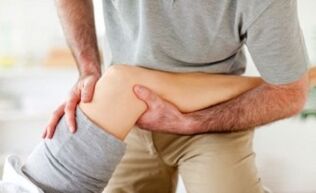
Massage is a prerequisite in the treatment of this pathology. It is performed by a qualified massage therapist or a trained patient. It is recommended that before starting to warm up the muscles with occupational therapy exercises, then perform the manipulations. A good effect is added using water processes in combination with massage. Initially, the first training sessions should last no more than 10 minutes, then gradually increase to 20 minutes.
After the massage, the patient will feel a gentle relaxation and no pain. If they appear, then you need to consult a doctor about continuing the procedure. Manipulation is good support in the early stages of joint disease.
Manual therapy is used in each individual case and is carried out by a special doctor. To perform it, the patient must have certain indications. The essence of the method lies in the reduction of the tenderness of the joint and its stretching. The muscles in this case are activated, and the process of restoring joint mobility begins. Manipulation should be carried out 3-4 times a year.
Treatment and prevention of joint disease with exercise therapy
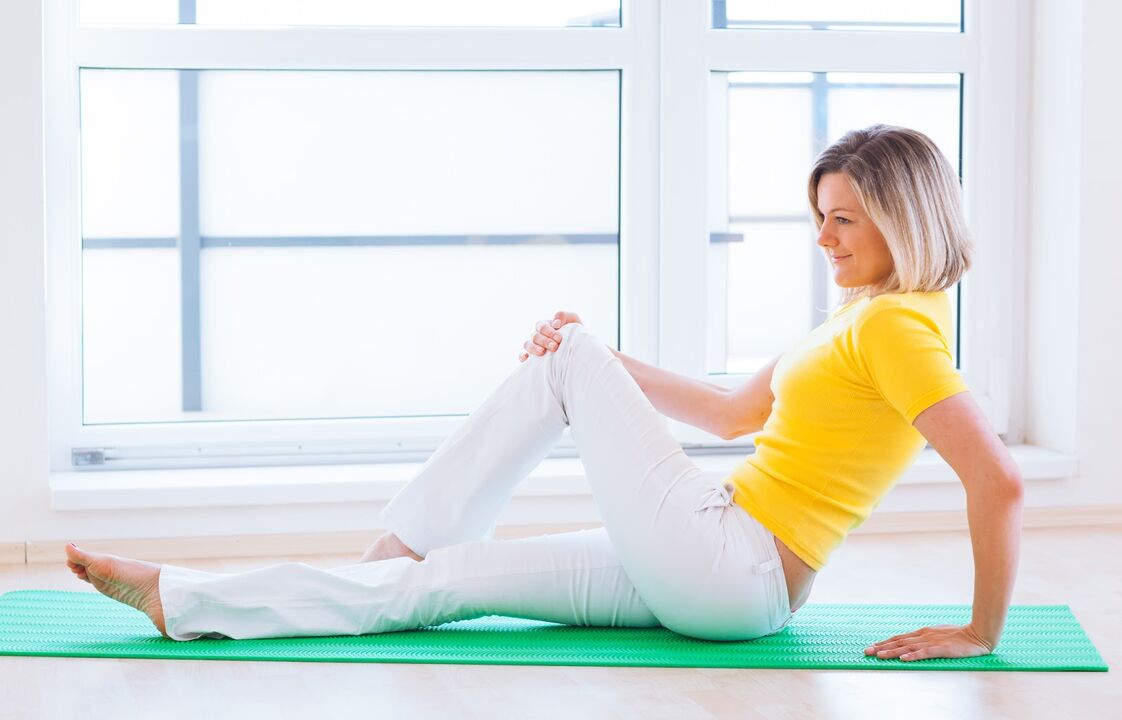
Performing special exercises called physical therapy is an effective method for treating arthritis. To get the desired effect, you should follow the rules of the following compound gym exercises:
- Exercises are performed only on the recommendation of the attending physician;
- The exercise regimen should be performed several times a day;
- Excluding physical exertion;
- During exercise, you need special rest in order for the joints to relax;
- Combination of massage, medication and exercise therapy;
- Exercises are performed with a calm course of the disease;
- The ratio between simple muscle tension and motor activity should be observed. It is this technique that will strengthen the joints;
It should be recalled that a series of special therapeutic exercises are prescribed entirely individually and selected by a specialist in this field.
Methodology of the Doctor of Health Sciences
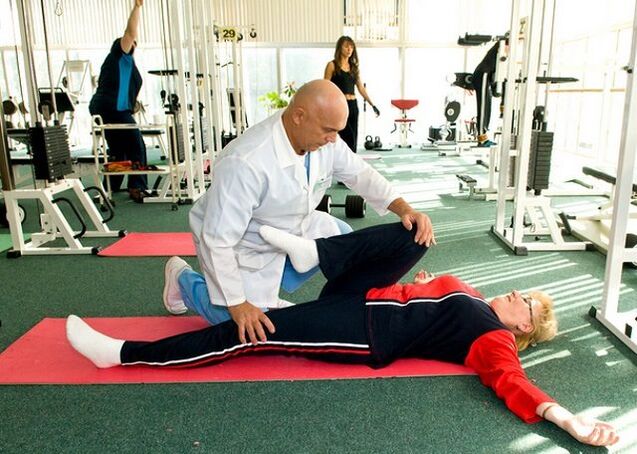
This treatment method was developed by a famous scientist, doctor of medical sciences. The essence of therapy is based on the cure of the patient with the help of physiological procedures without the use of drugs.
After a thorough examination, an individual treatment regimen is prescribed. In this case, there is no extra load on the joint, but special simulators are used. As a pain reliever, doctors suggest using ice and other cooling ingredients.
In parallel with this treatment, swimming, bathing, special massages, steam rooms with subsequent cooling are also recommended.
In medical practice, many positive cases have been demonstrated in the treatment of joint diseases, when joint mobility is restored and the patient can live a normal life.
Methodology of a rheumatologist
The famous doctor developed his own method of treating joint disease. It is based on a combination of medical and mechanical treatment of the affected joint.
This method is implemented according to the following scheme:
- The use of non-steroidal drugs;
- The use of chondoprotective drugs;
- External use of anesthetic creams, ointments;
- Apply compression;
- Introduction of injections into the joint;
- Performing manual therapy;
- Physiological procedures;
- Physiotherapy culture;
- Wear special bandages, bandages, sticks;
- Diet.
The effectiveness of the technique is confirmed by statistical data. With grade 1 dryness, more than 95% of patients were cured by this method. The second stage of the disease was recovered in 80% of patients.
Treatment of joint diseases with modern therapeutic methods
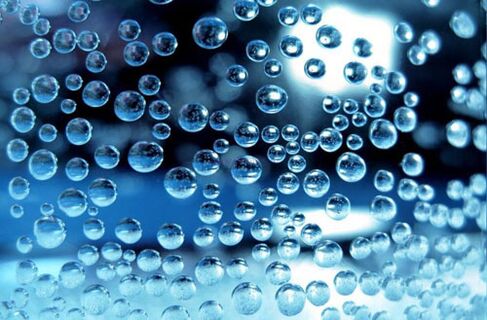
Modern methods of joint therapy are actively combined with drugs and other treatments. The following types are used:
- The phenomenon of kinesitherapy, which prescribes a set of specially designed exercises, aimed at achieving the most positive effect;
- The introduction of ozone into the joints is called ozone therapy. It is a type of physiological procedure that has appeared relatively recently and has gained popularity due to their high efficiency;
- The use of homeopathic remedies is manifold in nature.
- Application and use of biologically active substances.
These medications should only be taken as directed by your doctor.
These treatments are often applied in the treatment of joint diseases and give positive results for the most part. Combination of methods selected by a qualified rheumatologist.
Treatment of dry joints in nursing-resort conditions
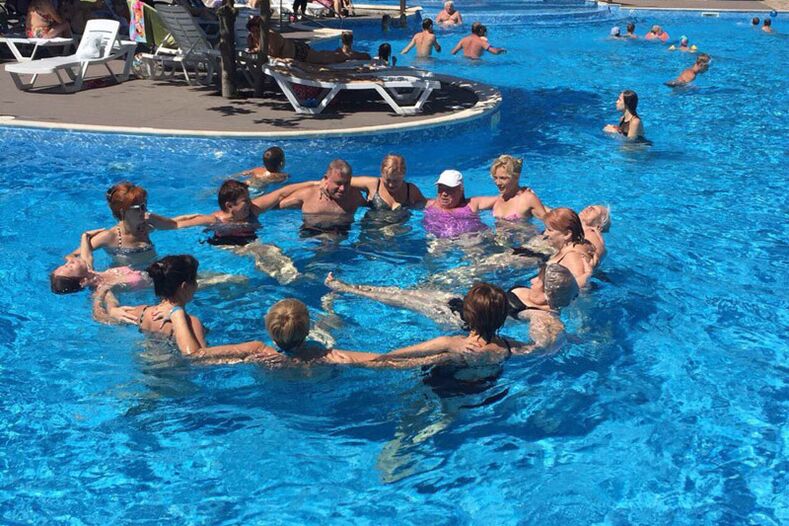
An indication for the treatment of rheumatic diseases in a special nursing complex is the development of degenerative-dystrophic arthropathy.
At the nursing hospital, the patient is assigned the following procedures:
- Mud wrap and bath;
- Physiological therapy;
- exercise therapy;
- Massage and manual therapy;
- Modern methods of treating arthritis.
Nursing-resort treatment is prohibited with the following contraindications:
- Severe deformity of the joint;
- Inflammatory process in the knee;
- Declining general condition;
- The final stage of the disease in the acute phase.
The correct implementation of all prescribed procedures in the sanatorium and further improvement of the general condition, restoration of joints, and return of motion in 6 months is confirmation of favorable treatment in these conditions. At the same time, the general analysis shows a positive trend.
Average cost of joint treatment and feedback on effectiveness of therapy
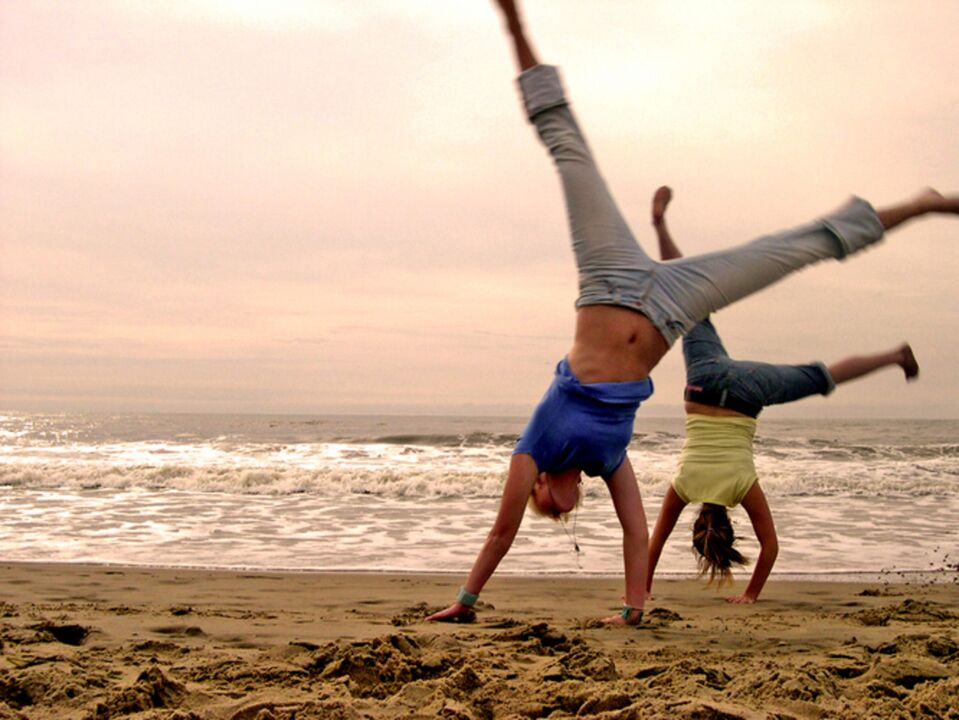
The cost of treatment for complex knee osteoarthritis depends on the severity of the disease, the general condition of the joint, the stage of deformity, the age of the patient, and the body's ability to recover.
It should be borne in mind that the use of drugs with a chondoprotective effect is an expensive procedure, since the term of their administration is quite long. In the treatment of pathologies, a wide range of remedies is prescribed, which also has a rather large pricing policy.
The final stage of arthropathy is characterized by complete deformity of the joint, requiring a prosthesis. The price for this activity is quite high. Therefore, the average cost of treatment is quite high and it is best not to start the disease but to treat it in the early stages!
Reviews of patients with arthrosis and those who have undergone complex treatment are clear. Most people say that joint disease is best treated in the early stages of the disease, with full adherence to all prescribed manipulations. At the same time, it is necessary to take continuous preventive measures to prevent the development of the disease.
The third and fourth degrees of the disease are practically untreated, and doctors recommend surgery. Depending on the degree of knee deformity, different surgical operations are performed from reconstruction to total joint replacement. The postoperative period and duration of further remission also recommend prophylactic treatment and new surgical interventions.
Finally, it is necessary to emphasize the important point of the article and say that knee effusion is a very serious disease that requires a lot of effort and time to partially recover. Therefore, if you are suffering from this disease, you must strictly follow all preventive methods to prevent the progression of this disease!

















































